Flicker and Other Temporal Lighting Artifacts: What is TLA?
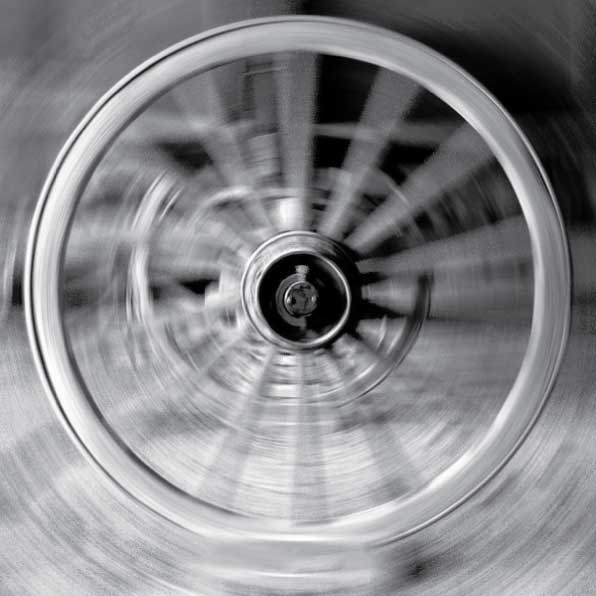
What is TLA((Temporal Lighting Artifacts)?
TLA, or Temporary Light Artifact, is a term commonly encountered in flicker-related literature. It refers to transient and often unintended variations in light output from a light source, which may manifest as fluctuations, pulses, or irregular patterns. These artifacts are typically caused by rapid changes in voltage, driver circuit behavior, or modulation effects inherent to certain lighting technologies. While not always perceptible to the naked eye, TLAs can contribute to visual discomfort, headaches, or even interference with electronic imaging systems. Understanding and mitigating TLAs is crucial for improving lighting quality and ensuring user comfort in various applications.
Flicker and TLA Introduction
You may have heard of Flicker, but not TLA. In fact, Flicker is a type of TLA. At the beginning of this article, we will first talk about what is TLA or Temporal Lighting Artifacts? They are mostly visual abnormalities or anomalies caused by pulsating or flickering lights. Most times it’s hardly noticeable but it can have annoying side effects and even cause catastrophic events.
Here we talk about the three well-discussed TLA situations:
- Flicker
- Stroboscopic Effect
- Phantom Array Effect
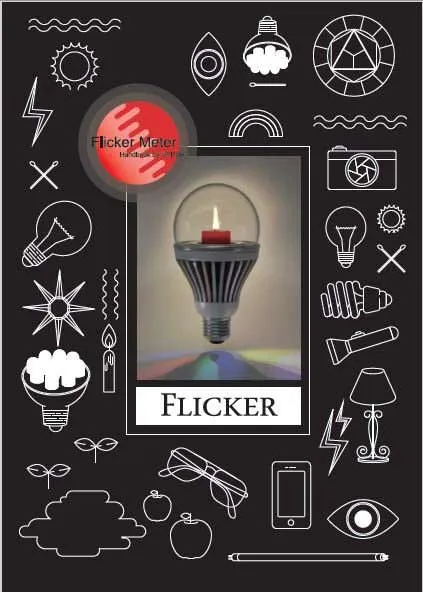
Flickering lights are problematic.
TLA situations: Flicker
Flicker is seen in pulsating lights caused by the way electricity fluctuates in Alternating Current (AC) from the outlets or mains in offices, homes, hospitals, factories, etc. Electricity alternates this way while traveling throughout the electrical grid to reduce heat in the cables and save costs.
Problems with Flicker
Flicker is hardly noticeable, but the pulsating light can still enter our eyes, reach our nervous system and pound our senses causing headaches, migraines, and in some cases epileptic seizures. It’s been also shown to affect our emotional states and inhibit our work in offices.
Mitigating Flicker
Although all lights that are connected to a power grid will flicker, LED lights are most prone to cause flicker-related problems. It is best to purchase higher quality LED lights with sufficient drivers designed to fight flicker by manipulating the current or light wave. The only convenient way to check this is with a light meter that has Flicker metrics, notably Flicker Index, Flicker Percentage or Pstlm.

TLA situations: Stroboscopic Effect
The stroboscopic effect is affectionately called the “wagon wheel” effect, seen in movies where the wheel cogs appear to slow or not turn on a moving wagon. This happens because the camera shutter speed with the turn rate of the wheel, capturing turning cogs in the same positions This can also be seen with propeller blades.
Also See Propeller Blades (wikipedia.org)

Wagon-wheel effect
Problems with LED Lights and Stroboscopic Effects
Stroboscopic effects that occur indoors, under LED lights follow the same concepts, except the shutter speed is replaced by a flickering LED light. The pulses of light strike a repetitive-motion object, like a turning power saw, and sync with the turn rate, lighting up the saw teeth in the same positions and giving the illusion that the saw is not turning at all. In a noisy factory, casually reaching over a power saw at full speed that appears stopped could have devastating consequences. Have a look at the repeating images below simulating LED flickering lights on clock hands.
Stroboscopic Effect (gif images)
You can minimize problems caused by Stroboscopic effects by using a light meter with a metric called SVM (Stroboscopic Visibility Measure). To learn more get our Free Flicker Handbook – see link below.

TLA situations: Phantom Array Effect
This artifact is perhaps less familiar to you. It happens when your eyes suddenly look away (saccades) from flickering LED lights – when your eyes settle onto a new location, you might notice a trail of lights, known as the Phantom Array Effect. This can be visually confusing and distracting.
This phenomenon shouldn’t be confused with simply looking at a light source, looking away, and noticing a single ghost image of the light in your new visual space. The phantom array produces a “trail of lights” and it is caused by the flickering of the source lights ( see the image of car tail lights).
Note that car lights run on DC, not AC, and should not flicker. However, car lights introduce Pulse Width Modulation which put cuts in car lights to adjust their intensity (brake light intensity vs standard tail light intensity) and therefore produce flicker.
Resources Tail Light images from “Concerns in the age of LED: Temporal Light Artifacts, Illuminating Engineering Society” (Dr. James M. Gaines)
Solving the problems of Flickering Lights
Flickering lights have the potential to be annoying and even present risky situations. Even though these problems are often a low priority or are not likely to happen often, government agencies, companies, and even homeowners are taking notice because these risks can be easily and completely avoidable.
They are turning to light meters with Flicker sensors to allow companies and lighting experts to measure, evaluate and assess their lights for flicker problems before purchase. Look before you leap – check your lights for flicker.
Learn all about Flicker here – Get our free Flicker Handbook here.

MK350S Premium
| Name | Picture | Definition | Frequency Range | Environment | Observer | Metrics |
|---|---|---|---|---|---|---|
| Flicker |  | Pulsating light mainly caused by mains AC alternating current, but can also be caused by dimmers and hi-energy appliances. | ~0-80Hz | Static | Static |
|
| Stroboscopic Effect | 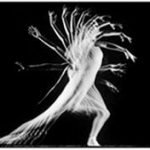 | This phenomenon, otherwise known as the similar to the "wagon wheel effect", is about flickering light striking a repetitive motion object and making it appear still. | ~80Hz - 2kHz | Dynamic | Static | SVM |
| Phantom Ray Effect | 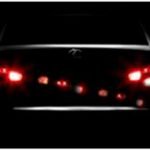 | This lesser-known phenomenon is a trail of lights visualized after looking away or turning away from a flickering light. | ~30Hz-2kHz | Static | Dynamic | N/A |
Related Posts:
- Human Centric Lighting for Offices: Impact, Benefits, and System Development
- What Is an Imaging Colorimeter? Applications & Features
- What is Human Centric Lighting? Development, Applications, and Solutions
- What Is a Grow Light? How It Works and Different from Regular Bulbs?
- Cannabis Grow Lights: Which Light Is Best for Growing Cannabis?
Hot Product
Handbook Series

The Flicker Handbook
Everything thing you need to know about Flicker, an insidious, potentially serious lighting artifact impacting visual safety for public places like hospitals, offices, libraries, and more...
About UPRtek
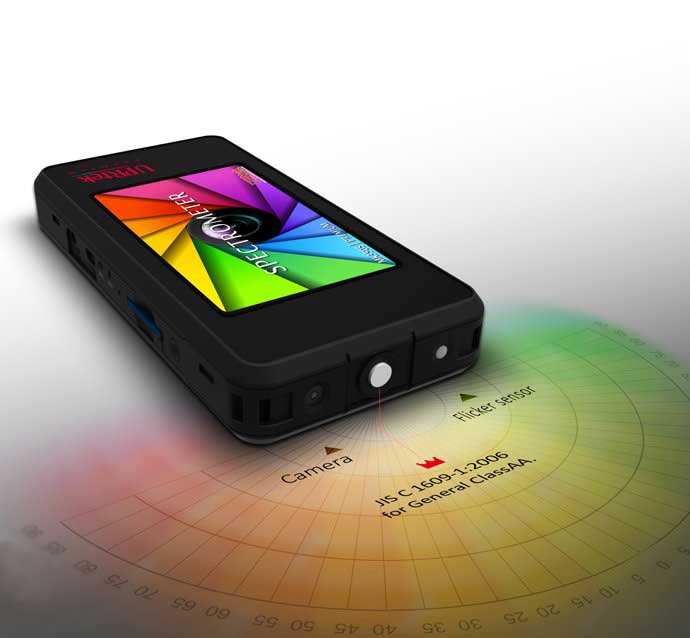
United Power Research and Technology
UPRtek (est. 2010) is a manufacturer of portable, high-precision light measurement instruments; Handheld Spectrometers, PAR meters, Spectroradiometers, Light Calibration Solutions.
UPRtek HQ, R&D and manufacturing are all based out of Taiwan, with Worldwide representation through our certified Global Resellers.
Latest Articles
Category
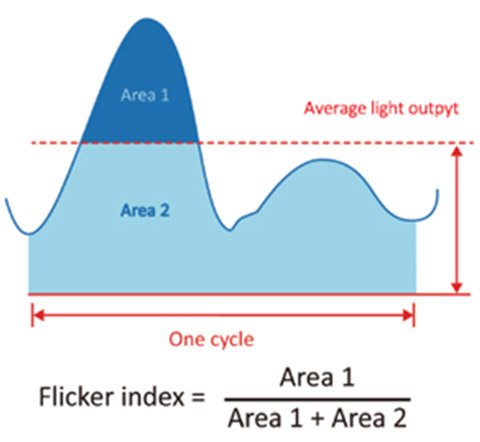
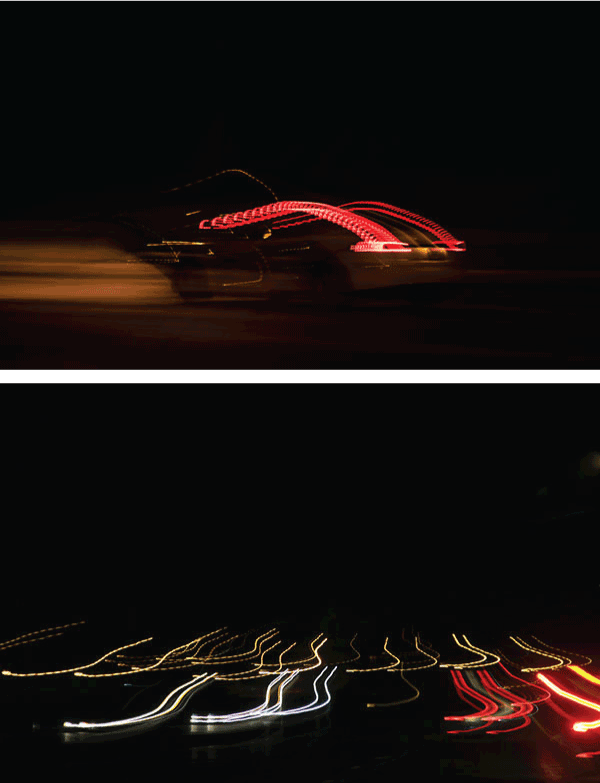
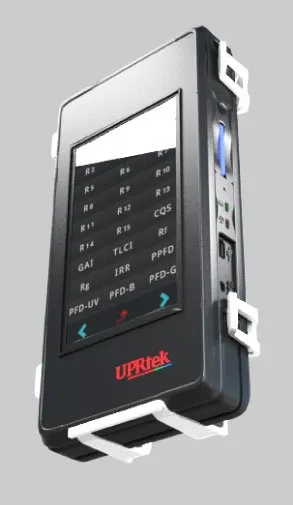
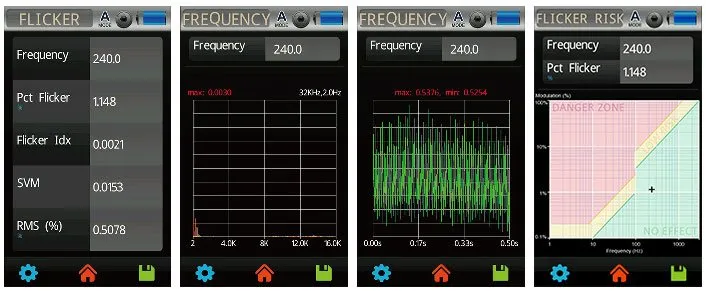
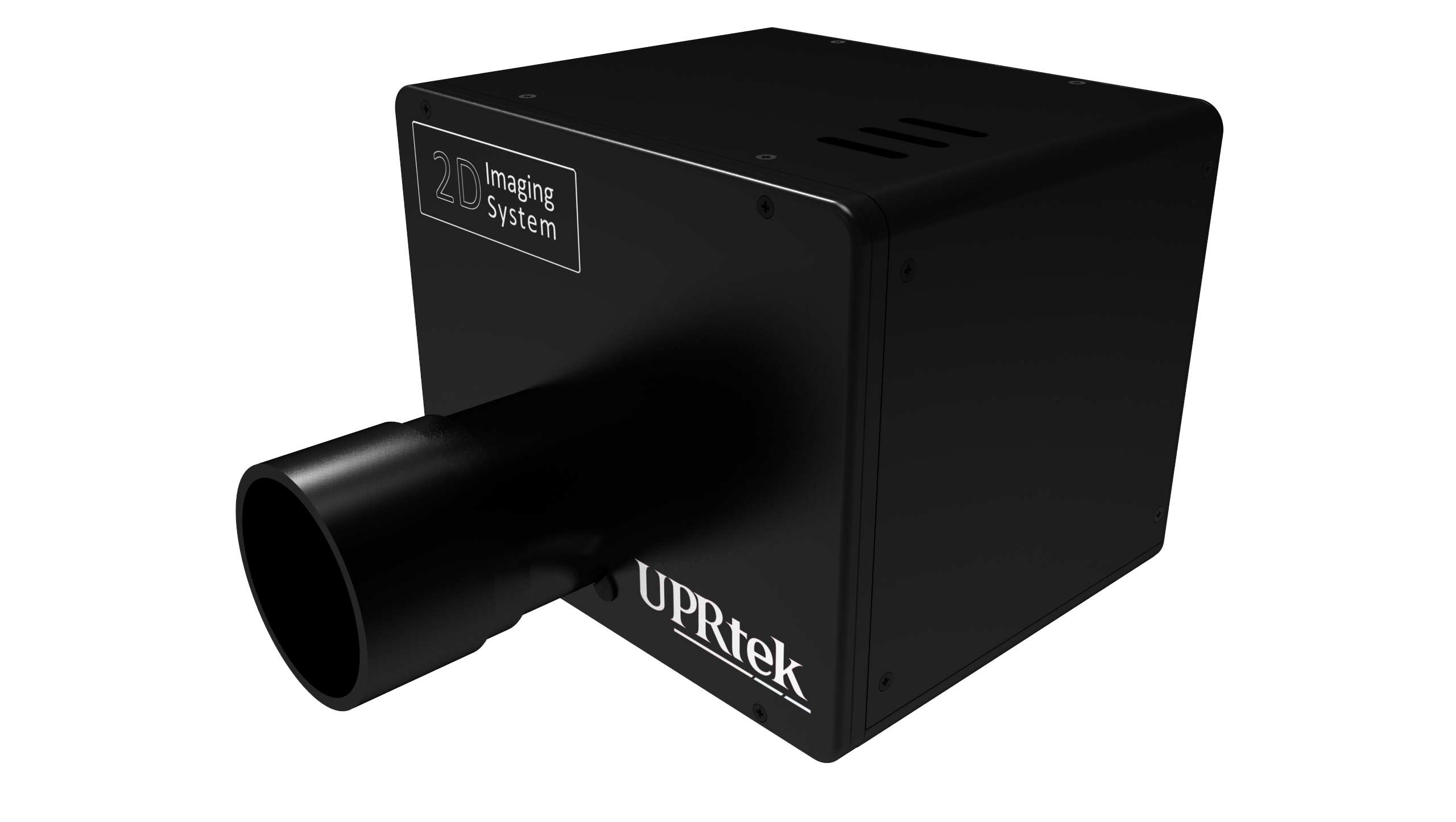
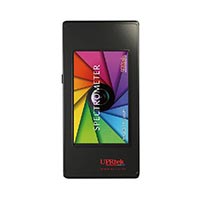
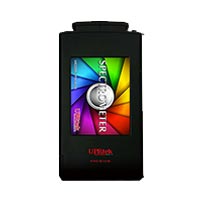
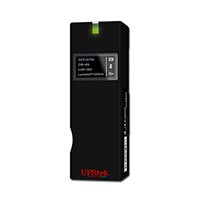
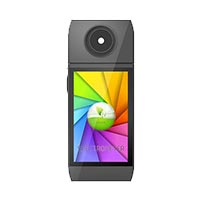
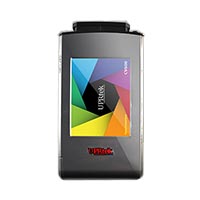
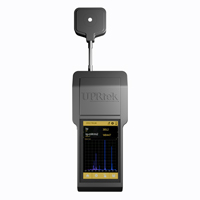
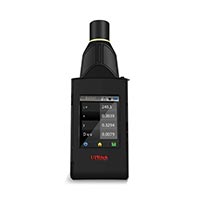
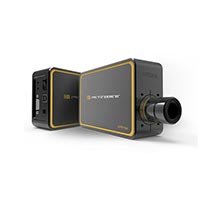
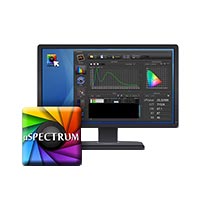

0 Comments